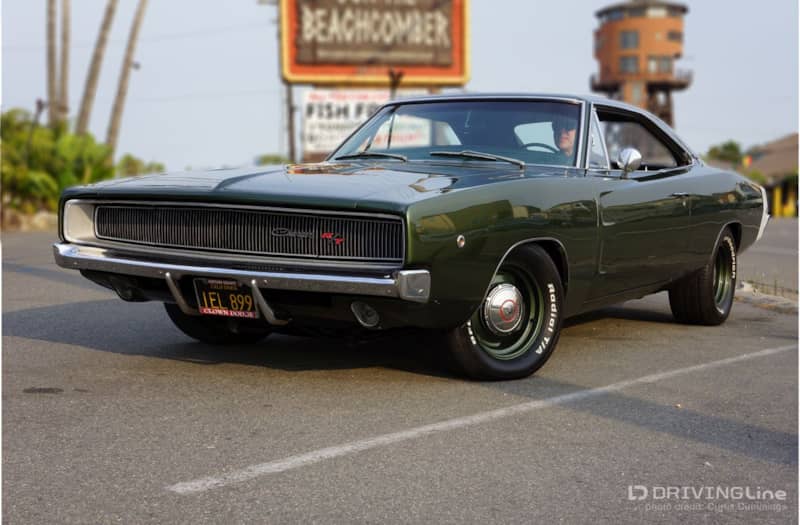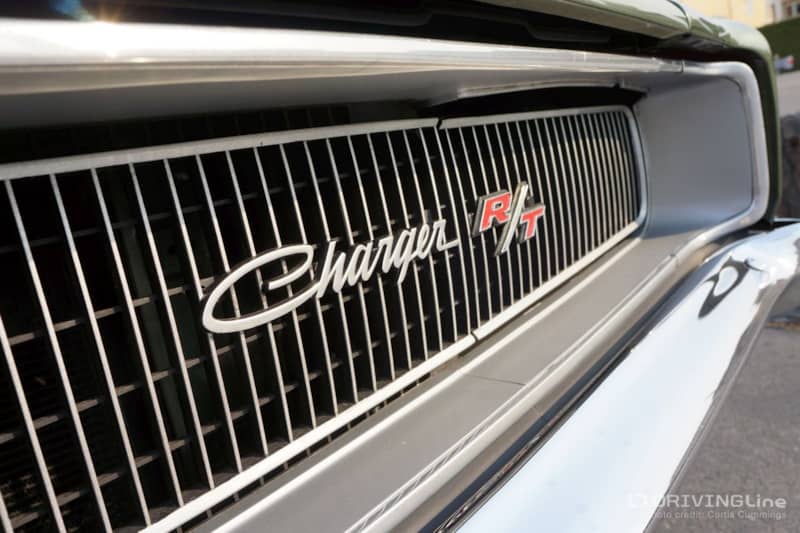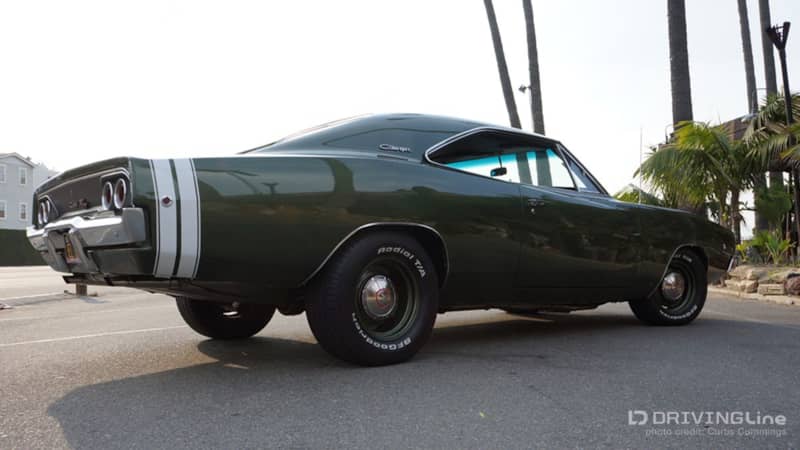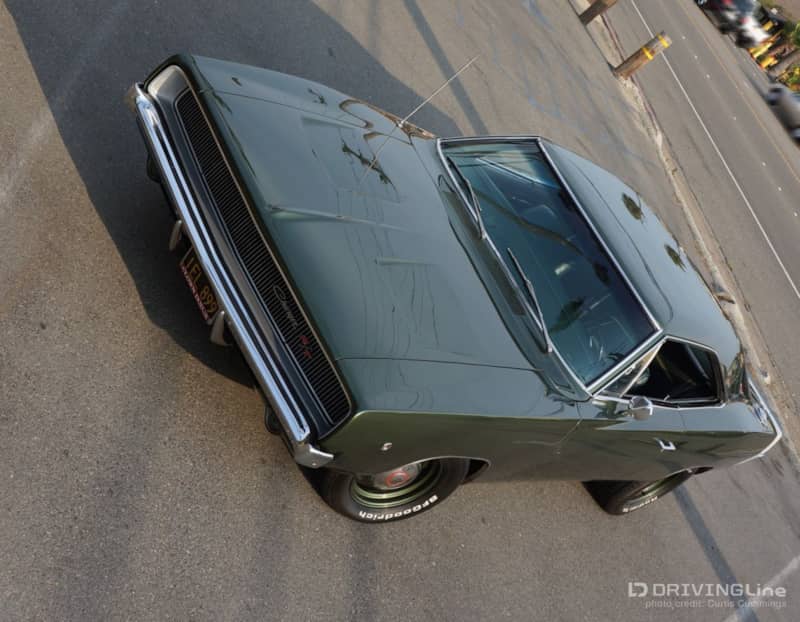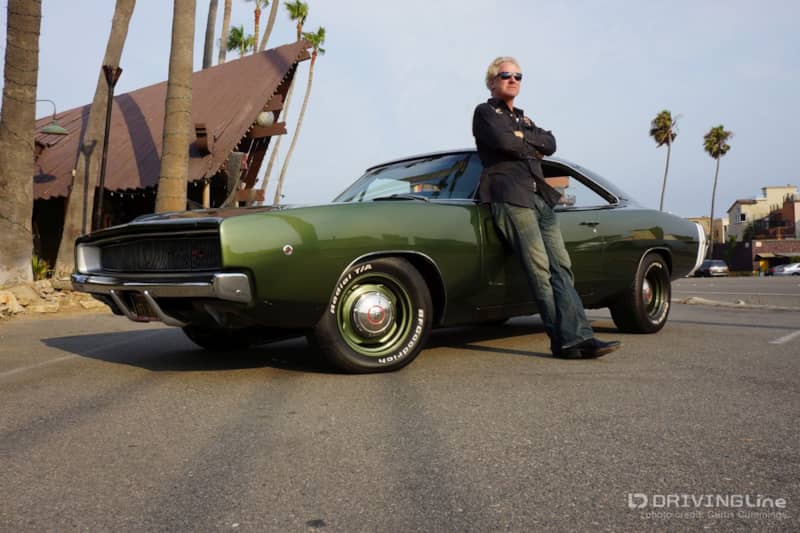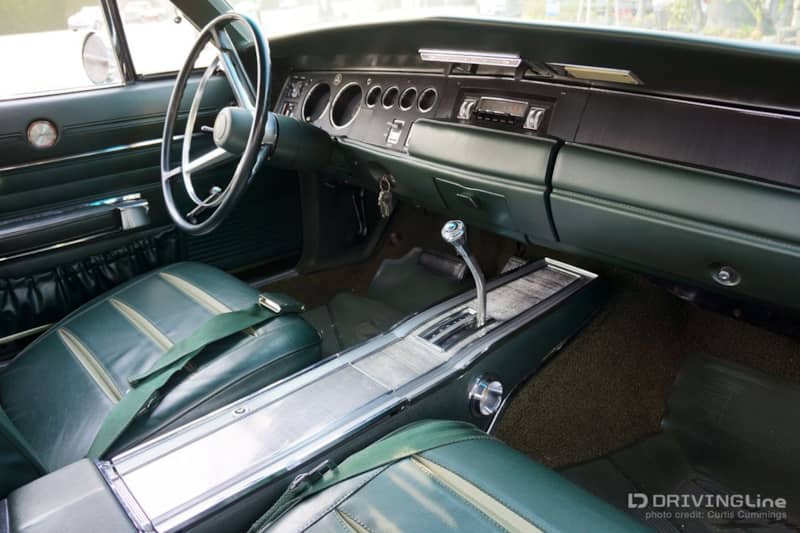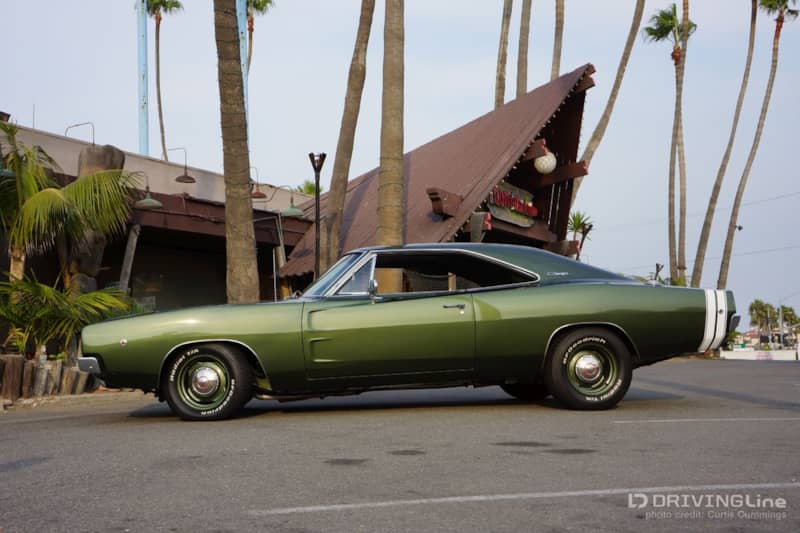Rolling Thunder: 1968 Dodge Charger
Every once in a while the Gods of Engineering, Design, and Soul manage to stop hurling lightning bolts at each other and merge their magical dynamism into a Car Culture Immortal. In 1968, that kind of fusion could be found on the showroom floor of any Dodge dealer.